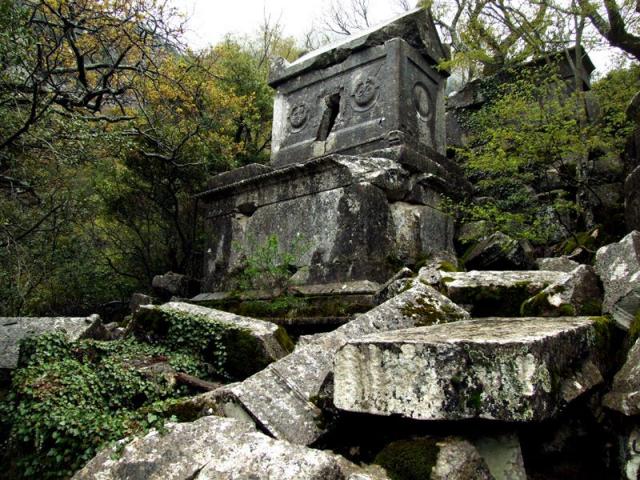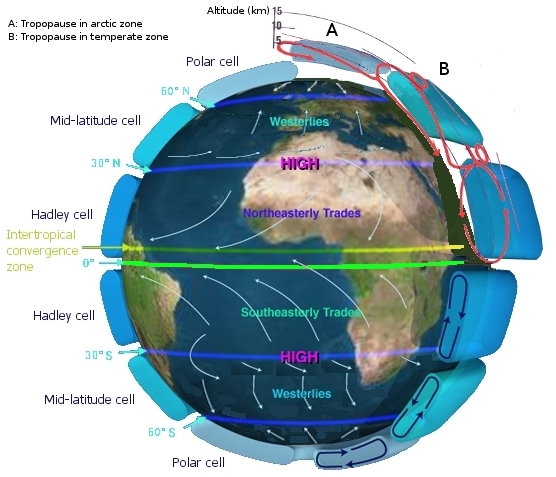It is not possible.
See, It has everything to do with Geography.
Deserts are formed due to one of or combination of certain factors. Those factors are
1. Hadley cells and stable anti-cyclonic condition.
These are dynamic cells of air circulation that are formed due to heating of Equator by Direct rays of Sun.
The zone where North east trade winds and South east trade winds converge is called ITCZ and it roughly traces North-South path of Sun.The air in this zone gets heated up and rises up and move polewards as in upper troposphere, pressure gradient is in opposite direction as compared to that on ground.
The parcel of air as it moves poleward is deflected towards it's right in Northern hemisphere and towards it's left in Southern hemisphere due to Coriolis force which originate due to combination of sliding and rotational motion of parcel of air and it also gains speed in order to conserve it's angular momentum due to decreasing radius poleward. These effect combined give rise to jet streams which block further poleward motion of air causing it to subsidise. ( it depends upon index of jet stream).
The subsiding air is adiabatically heated which causes it to desiccate.
The zone where this air subsidise lies close to 22-26 degree and is the major reason that whole of this latitudinal extent is a desert ( Sahara, rub-al khali, sonoran, thar, dast-e-kavir, Namibian desert,great victoria desert).
Thus it is practically unsustainable to have massive greenery in SA.
Bangladesh, even after being at same latitude is green due to presence of Himalayas and Tibetan plateau. Tibetan plateau, due to it's height gets relatively heated in summer creating cyclonic conditions which replace Subtropical jet stream from west to east by tropical jet stream from east to west accompanied by northern shift in ITCZ. This brings monsoonal rains to Indian subcontinent.
2. Presence of cold current on western edge of continent.
Evaporation is inversely proportional to temperature.Air flowing over cold currents has low moisture content. ex: Kalahari desert.
3. leeward side of mountain.
As air rises up the mountain, it's temperature falls.As soon as ambient temperature reaches to dew point, it results in condensation causing precipitation on windward side of mountain. As this air then descend on other side of mountain, it is adiabatically heated further reducing it's relative humidity. this causes formation of desert on leeward side of mountains. ex: atacama desert, mohave desert, dast-e-lut and dast-e-kavir,patagonia.
4. Continental location.
Interior of continents receive low rainfall due to their distance from ocean leading to formation of desert. ex: Gobi desert,patagonia.
5. Location of western margins of continents.
Trades are offshore.
@
al-Hasani

















 and @
and @






